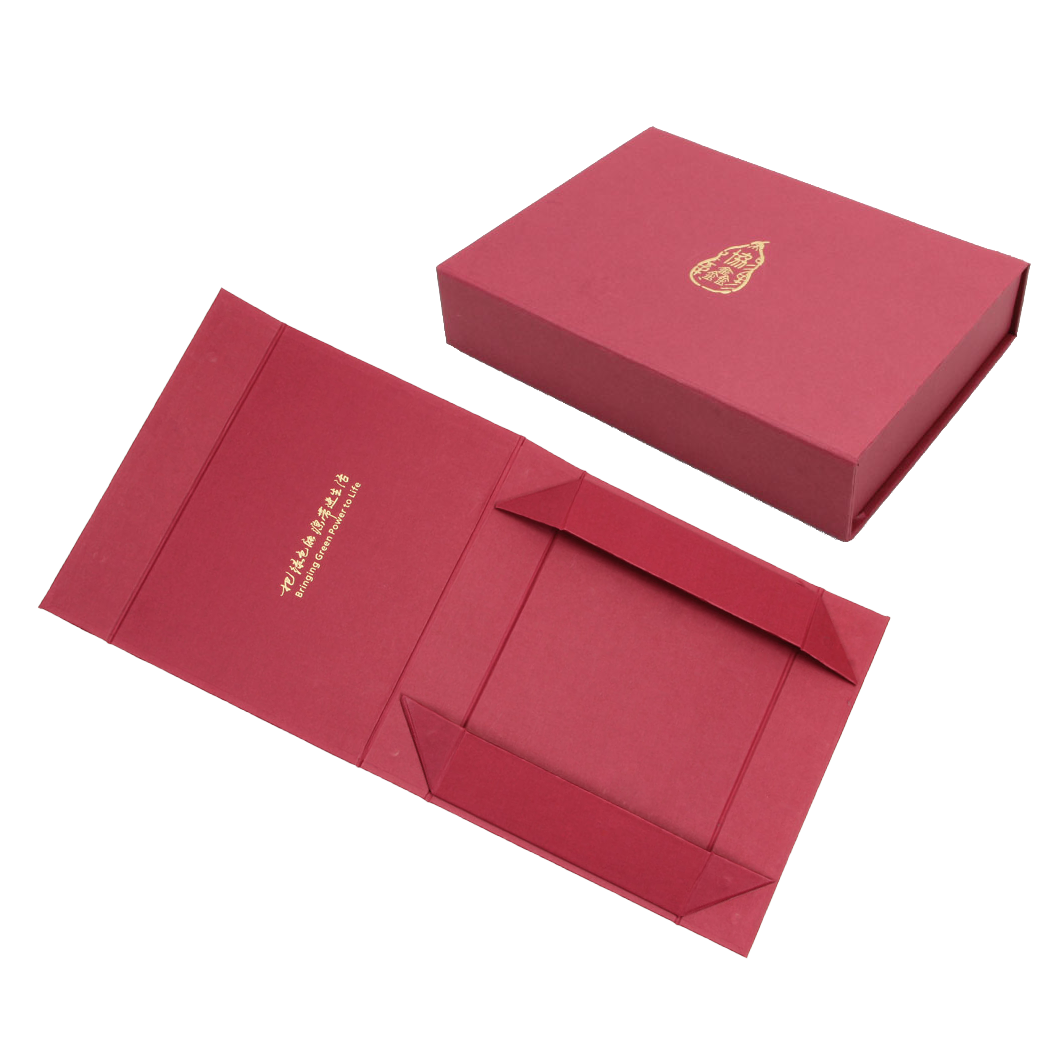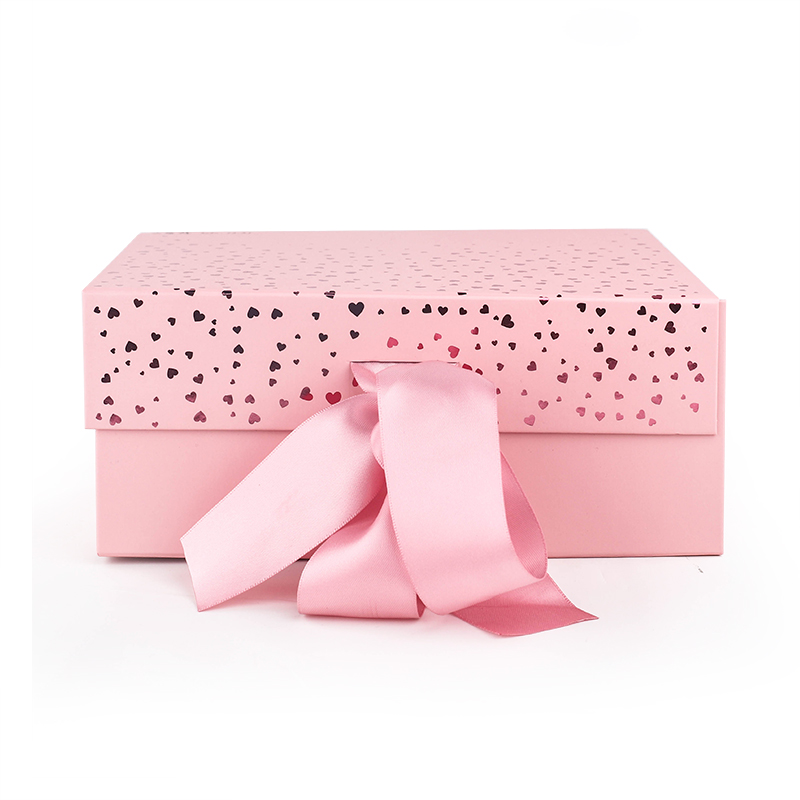Como aumentar o valor da marca por meio da embalagem do produto
Índice
Product packaging is far more than a protective cover for your items; it’s a strategic branding tool that can elevate your product and set it apart in a crowded market. The packaging design you choose is an introduction to your brand, showcasing your product’s strengths and creating an unforgettable customer experience. In fact, well-thought-out packaging can make such a strong impression that customers are as excited about the box as they are about what’s inside.
The right packaging design can range from minimalist to bold, tailored to the preferences of your target audience. It can be sleek and subtle or vibrant and eye-catching, crafted to make a lasting impact. In this article, we’ll explore the factors to consider when selecting the best packaging for your products, from sizing and materials to functionality and style. We’ll also cover the most common types of product packaging and how each type can benefit your brand.
Key Factors to Consider When Choosing Product Packaging
Understanding that packaging is more than just a box, let’s look at some essential elements that can help make your packaging work as a marketing tool, adding value to your product while protecting it.
a. Packaging Size Matters
Effective packaging isn’t just about looks; it also needs to fit your product perfectly. When designing packaging, consider the shape, weight, and size of your product. Custom packaging solutions are often ideal for unusually shaped items or larger products that don’t fit into standard-sized boxes. Properly sized packaging not only prevents damage during transit but also creates an appealing display.
b. Protection and Fragility
Fragile products demand extra attention, especially if they’ll be shipped long distances. Sturdy packaging materials like corrugated cardboard can provide the necessary protection. For delicate items, consider inserts or fillers to secure the product within the box and minimize movement. This level of protection not only preserves the product but also enhances the customer’s unboxing experience.
c. Weight of the Product
The weight of your product impacts the durability of your packaging. Heavier products need more robust materials to avoid breakage during transport. Corrugated cardboard boxes, for example, are ideal for supporting weighty items, as they provide both strength and shock absorption.
d. Material Selection
Consider the materials you’ll need for both aesthetic and functional purposes. For example, glass or ceramic items may require padded inserts, while eco-conscious consumers might appreciate recyclable or biodegradable packaging. The material you select should align with your product’s needs and your brand’s values.
e. Intended Use and Destination
Think about where your packaging will end up. Will it sit on retail shelves or be shipped to customers? Products on display may benefit from decorative, high-quality finishes that grab attention, while items sold online may require protective packaging to withstand shipping conditions. Tailoring the packaging to its purpose ensures that it arrives in perfect condition and meets consumer expectations.
Display Packaging for Retail Impact
For products that will be displayed on retail shelves, the packaging design needs to make an immediate impact. Display packaging should enhance the product’s appeal and stand out against competitors on crowded shelves.
Important Display Packaging Considerations
- Visibility: How much of the packaging will be visible on the shelf? Ensure that the main branding elements are clearly displayed.
- Stacking and Arrangement: Consider how your product will look when stacked or placed beside other items. A unique shape or design can help your packaging stand out.
- Differentiation: How will your product packaging be unique? Think about adding unique textures, colors, or finishes that make your brand recognizable.
E-commerce Packaging for Shipping and Unboxing
When packaging products for e-commerce, durability is paramount. Shipping can be rough on packages, so make sure the design minimizes damage and arrives in pristine condition. This is especially crucial for fragile or high-end products.
Key E-commerce Packaging Tips
- Reduce Excess Space: Limit extra room in the package to avoid unnecessary movement that could lead to damage.
- Marca: Even for shipped packages, branding matters. Consider adding a printed message or branded sticker to make the unboxing experience memorable.
- Sustainability: Online shoppers are often eco-conscious, so using recyclable materials can make a positive impact.
Knowing Your Audience: Tailoring Packaging for Your Ideal Customer
To create effective packaging, you must first understand your target audience. The packaging design should appeal to their preferences and expectations, creating a connection between your brand and the customer.
Identifying Customer Personas
Consider whether your product is aimed at men, women, or both. Is it for adults, children, or eco-conscious shoppers? Packaging for premium products should exude luxury, while budget-friendly items may benefit from simpler, minimalist designs. For products targeting older adults, larger fonts can make the information more accessible, while high-end packaging materials can appeal to customers seeking a premium feel.
Exploring Popular Types of Product Packaging
Different types of packaging serve distinct purposes, and your choice will largely depend on your product’s size, shape, and target market. Here’s a closer look at some of the most common types of product packaging and their uses:
a. Paperboard Boxes
Paperboard boxes are versatile and lightweight, making them ideal for small items like cosmetics, food, and supplements. These boxes can be customized with high-quality prints and colors, adding visual appeal to your product. Paperboard packaging is also a popular choice for eco-conscious brands due to its recyclable nature.
b. Corrugated Cardboard Boxes
Corrugated cardboard is one of the most durable materials, featuring fluted layers that provide extra protection. Ideal for heavy or fragile items, it’s commonly used for appliances, glass products, and electronics. Corrugated boxes are perfect for e-commerce brands, as they withstand the rigors of shipping.
c. Custom Folding Cartons
Custom folding cartons are usually made from paperboard and offer an excellent canvas for vibrant prints, logos, and branding messages. These cartons can be designed to fit specific product dimensions, making them ideal for premium brands looking to make a statement with their packaging.
d. Rigid Boxes
Rigid boxes are constructed from compressed paperboard, making them much thicker and sturdier than standard boxes. They’re frequently used for luxury products like smartphones, jewelry, and high-end cosmetics. The added durability and elegant appearance make rigid boxes ideal for showcasing valuable items.
e. Poly Bags
Poly bags are thin, flexible, and affordable, making them suitable for lightweight items like clothing, cleaning products, and certain types of food. These bags are often resealable and offer an eco-friendlier alternative with refillable or biodegradable options.
Conclusion: Elevate Your Brand with Thoughtful Product Packaging
Choosing the right product packaging is more than just a functional decision—it’s a strategic move to enhance your brand’s image, engage customers, and set your product apart. By selecting the appropriate materials, sizing, and design elements, you can create packaging that not only protects your product but also amplifies your brand identity. Whether your products are on a retail shelf or shipping across the globe, packaging has the power to captivate customers and build brand loyalty.
From eco-friendly poly bags to luxury rigid boxes, there are packaging solutions for every brand and product type. With thoughtful design and a clear understanding of your audience, your product packaging can transform into a powerful marketing tool that attracts attention and drives sales. Make your packaging work for your brand, and watch as it becomes a key player in your business success.
Perguntas frequentes:
Q1. Why is product packaging important for my brand?
Product packaging is a crucial branding tool that communicates your product’s value, attracts attention, and creates a memorable experience, all of which contribute to customer loyalty.
Q2. How can I choose the right packaging material?
Consider the fragility, weight, and intended destination of your product. High-quality, durable materials like corrugated cardboard are ideal for fragile items, while poly bags may work well for lightweight items.
Q3. How can my packaging help my product stand out on shelves?
To stand out, use unique design elements like colors, textures, and shapes that align with your brand and catch consumers’ eyes.
Postagens relacionadas

Onde posso encomendar caixas dobráveis personalizadas?
Caixas dobráveis personalizadas são essenciais para empresas que desejam destacar seus produtos e, ao mesmo tempo, oferecer uma solução de embalagem protetora e atraente.

8 razões pelas quais a embalagem personalizada é uma virada de jogo para pequenas empresas
No mercado competitivo de hoje, as pequenas empresas precisam de todas as vantagens para se destacar e prosperar. Uma maneira poderosa, mas frequentemente esquecida, de distinguir sua marca é por meio de caixas de embalagem dobráveis personalizadas.

Caixas de embalagem dobráveis personalizadas valem a pena para os varejistas?
A escolha do fornecedor certo de caixas dobráveis é fundamental para garantir embalagens de alta qualidade, proteger seus produtos,

Como as caixas dobráveis são impressas?
A escolha do fornecedor certo de caixas dobráveis é fundamental para garantir embalagens de alta qualidade, proteger seus produtos,
